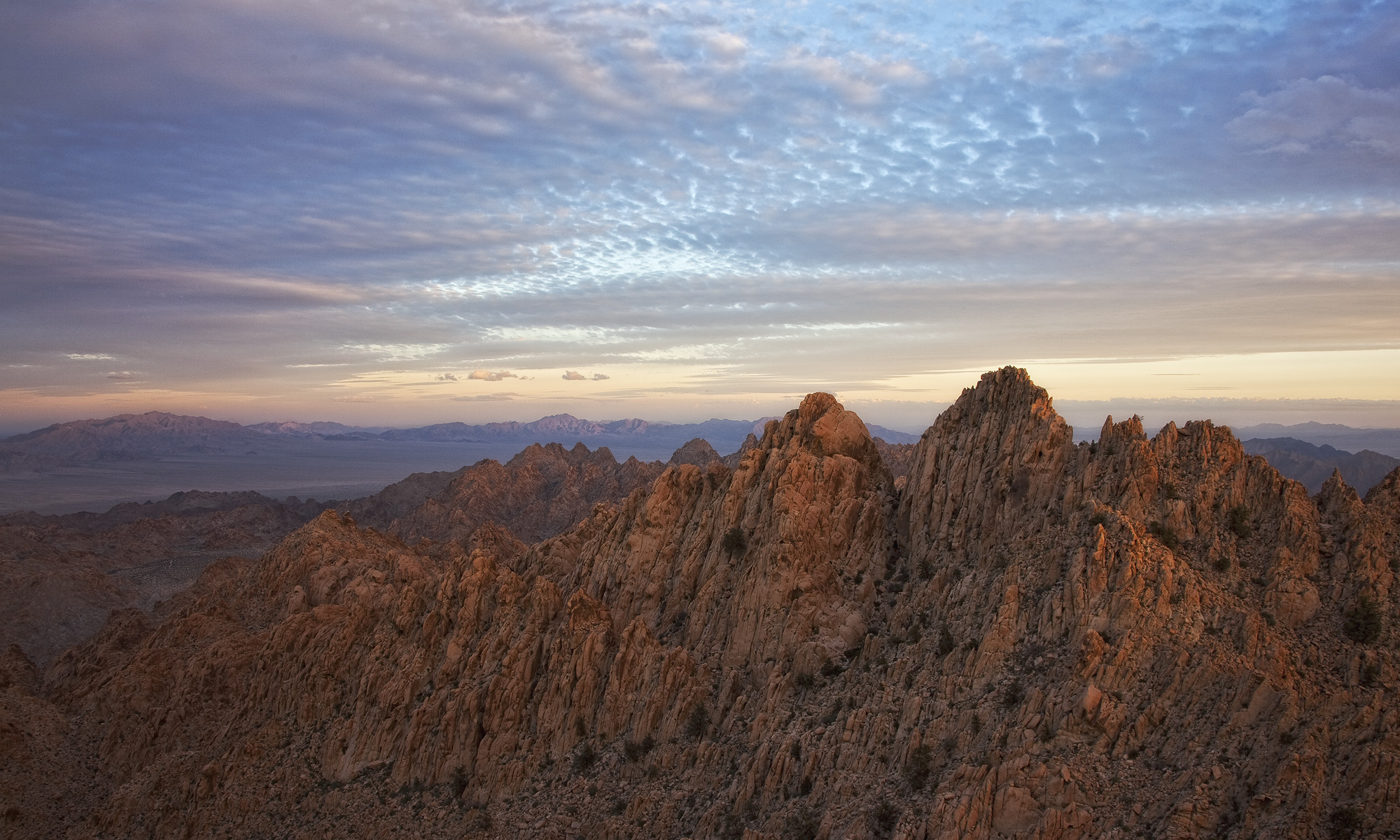For me, a simpleton, the inherent value in keeping spaces open is pretty obvious. These swaths of land are what some people might call ‘uninhabited’ (this term is receiving some rightful pushback) or ‘wild.’ Indeed, people from all walks of life can relate to wild nature. In the West at least, most of our wild places are public land. I believe that public lands are as great a unifier as we might find right now given the divided political nature of our country. The Beauty Mountain Wilderness is a great example.
Our Common Ground
Beauty Mountain Wilderness was designated in 2009 as part of the Omnibus Public Land Management Act. Republican Representative Mary Bono Mack from Palm Springs introduced the original legislation. Her bill also protected parts of other Riverside County Wilderness areas, including Cahuilla Mountain, Agua Tibia, and the Chuckwalla Mountains. In response to the bipartisan-supported bill becoming law, Bono Mack said, “It gives higher protection to environmentally sensitive, outright beautiful lands that deserve protection.”

Bipartisan support of wilderness has resonated with me for a long time. When I visited Beauty Mountain Wilderness, I spent a few minutes chatting with some horsemen I encountered. We exchanged pleasantries, then I turned the conversation to the Wilderness itself. “The trail system is really clean here,” I said. “Yep, we put it in and maintain it regularly,” one of the riders answered. When I returned to the parking area I noticed that the bumper stickers on at least one horse trailer didn’t necessarily align with my political beliefs. Our common ground often ends up being the stewardship of our public lands.
Historically, Cahuilla and Luiseño cultures would have hunted in the Beauty Mountains and camped near their springs. Today, this wilderness is an empty and surprisingly wild place with an ecology all its own.

Sky Islands & Varying Ecology
Redshanks (Ademostoma sparsifolium, also known as ribbonwood) dominate the Beauty Mountain Wilderness. The farther south I go in Riverside County’s wilderness, I notice that redshanks replaces manzanita as the dominant chaparral shrub. Cahuilla Valley seems to be a major dividing line; in the Cahuilla Mountain Wilderness on the north side of the valley these two plants are present in approximately equal proportions. In Beauty Mountain Wilderness, on the south side of the valley, manzanita take a notable backseat to redshanks.

Besides the local equestrians who use the Wilderness, I don’t think it receives much traffic. I only saw one other human footprint on my visit. The majority of hikers come to climb one of the range’s high points–Tule Peak is accessible by a short day hike, and Beauty Peak itself is on the Sierra Club’s Hundred Peak Section list of peaks. This leaves the rest of the. Wilderness for nonhuman animals.
The Beauty Mountains feel surprisingly isolated and wild despite being surrounded by development. On its eastern edge, the Wilderness borders Anza Borrego Desert State Park, making it a major corridor for wildlife coming from the west. The California gnatcatcher and painted checkerspot butterfly live here, as do charismatic megafauna such as deer, bobcat, and mountain lions.

Million Dollar Spring flows out of the Beauty Mountains and is considered one of the last pristine watersheds in Southern California. It wasn’t flowing when I visited, but I could imagine the rich density of life that finds refuge in these relatively inaccessible canyons. Unspoiled springs like Million Dollar have resulted in unsuccessful attempts to expand this Wilderness south into San Diego County.


The ‘sky island’ mountain ranges in this part of Riverside County add an interesting depth to the Wilderness story. In every place I visit, there is something unique worth discovering.

